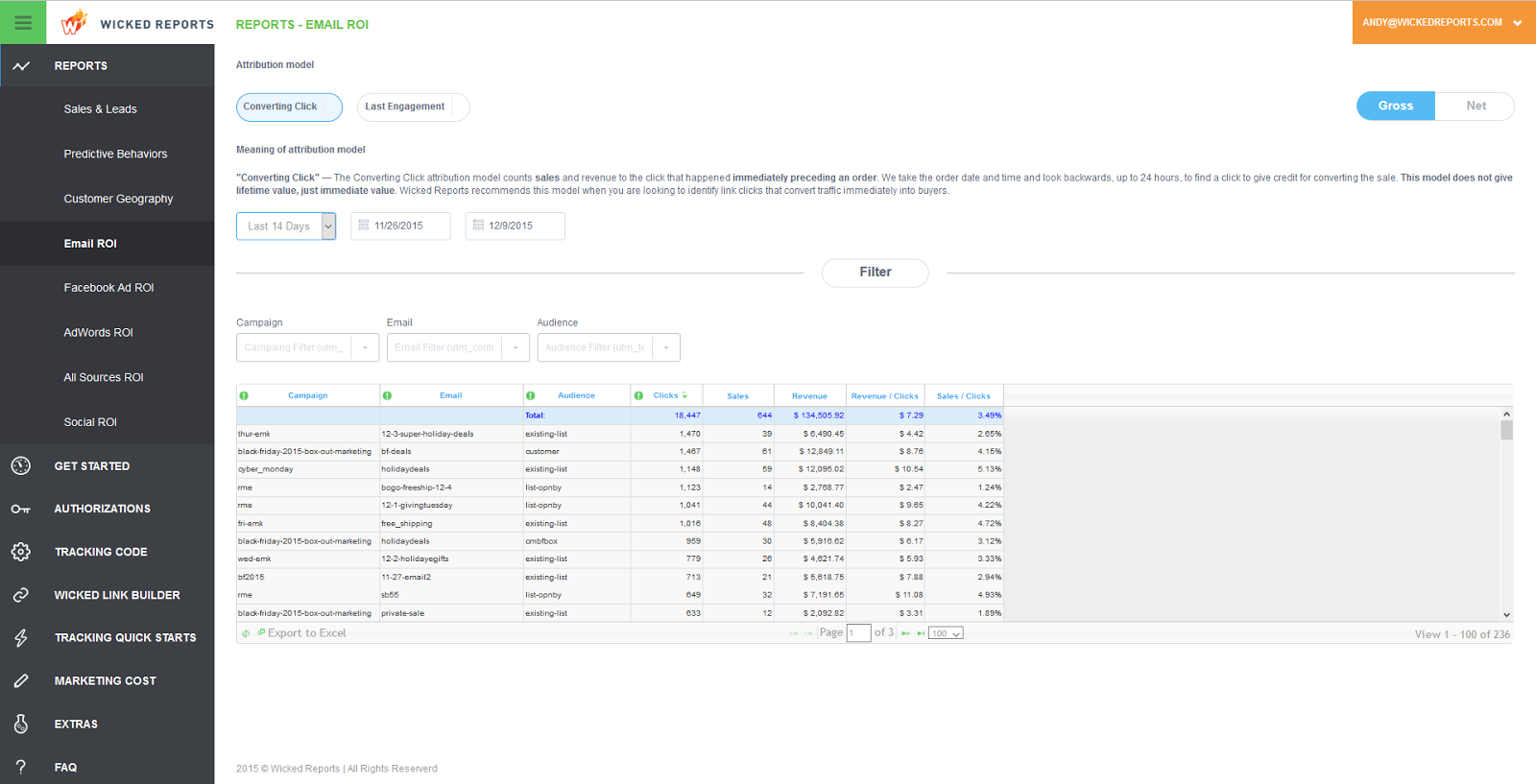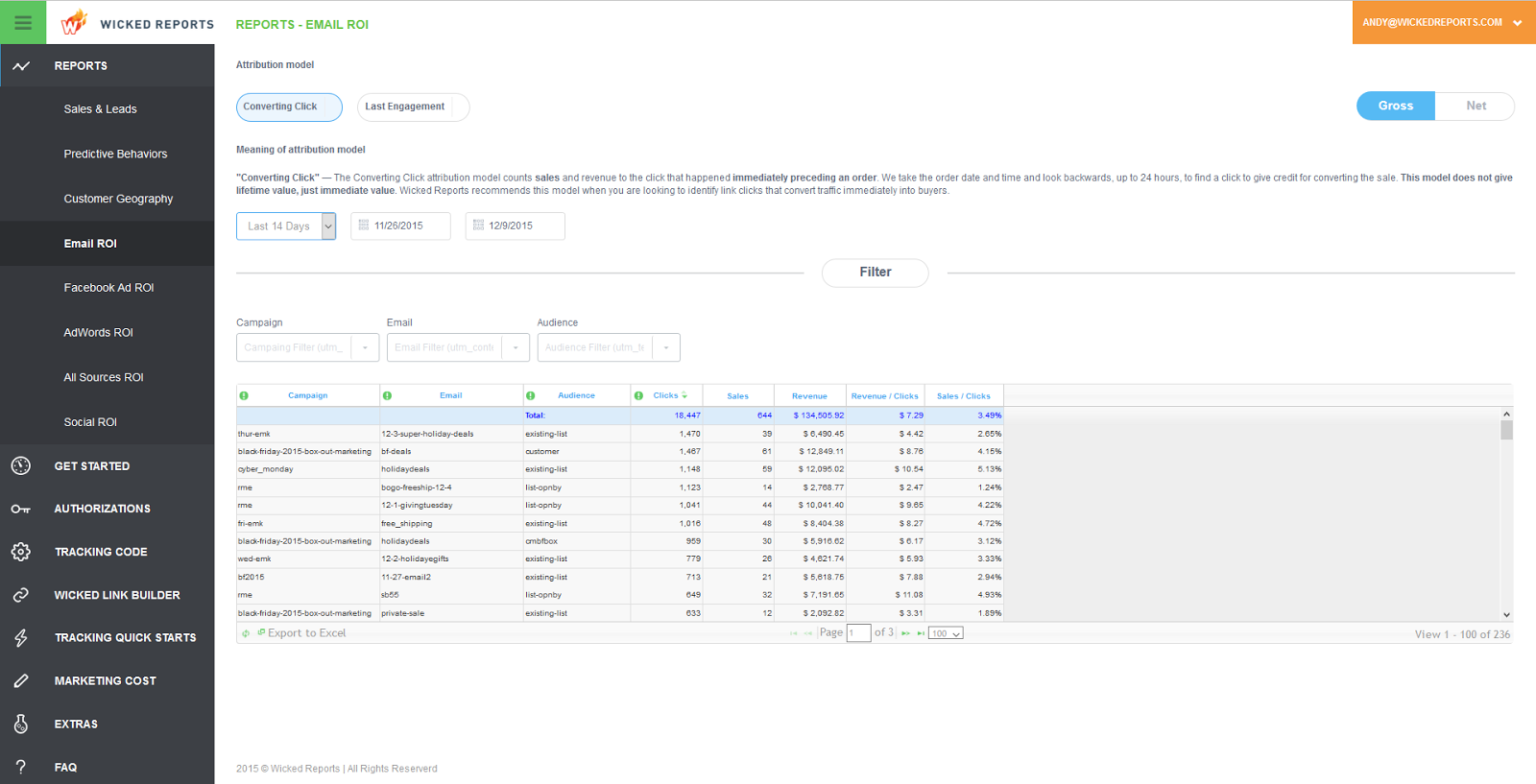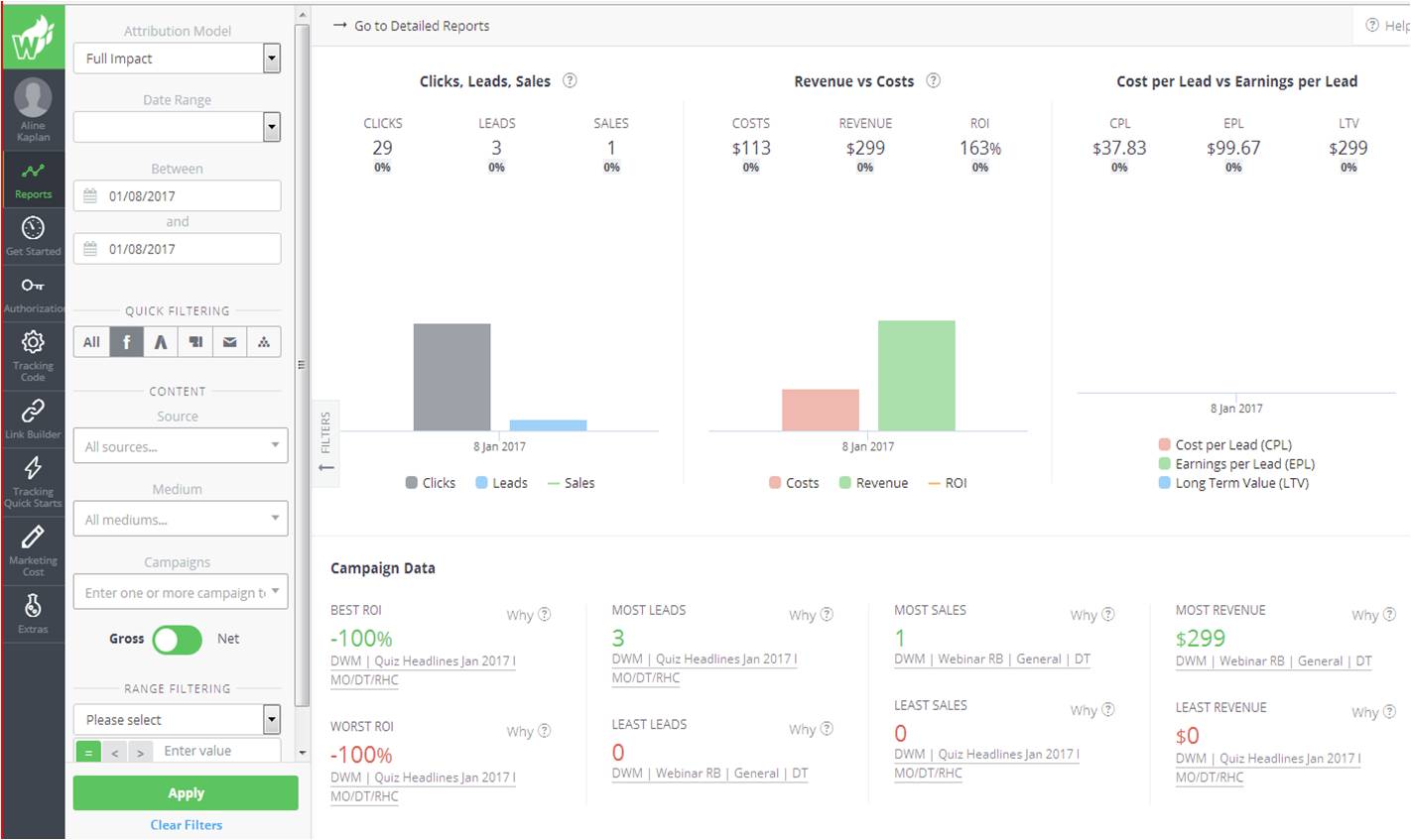Last week we talked about why online marketers need to prioritize return on investment over cost per click. Today we’re discussing the relative importance of open rates.
Open rates seem like the logical thing to measure when it comes to email because people can’t order from the email unless they open it first. Besides, open rates are easy to track and it seems like a good Step One in the process of measuring email effectiveness.
Open Rates Don’t Matter
 So here’s a big surprise. When measuring email success, you can forget about open rates—they just don’t matter. That’s right, forget about open rates and start thinking about revenue per email instead.
So here’s a big surprise. When measuring email success, you can forget about open rates—they just don’t matter. That’s right, forget about open rates and start thinking about revenue per email instead.
Simply put, open rates distract you with an irrelevant metric and trick you into worrying about the wrong thing—which is whether people opened an email. Focusing on open rates starts you gearing your creative to get people to open the email instead of influencing them to buy your product.
But open rates don’t measure whether an email was successful; they only measure how many people opened it; that is, whether they clicked on the email and the images turned on. Opening doesn't equate to reading, however, much less to purchasing. It’s like someone stopping to window shop and then moving on down the street. You can count the number of people who pause to look in the store window but that won't tell you anything about actual sales.
How Revenue per Email Works
What matters—and what you need to measure—is revenue per email. This metric tells you whether the prospect bought anything after clicking on a link in the email. Now we're following a shopper who looks in the store window, then enters the store, finds the display item and buys it.
Here’s how revenue per email works. You check for the last click before the purchase and ask, “Did the sale come from the click?” If Yes, the email gets credit for the revenue. If No, you keep tracking the email links until you can attribute the sale to the correct one.
 Analyzing revenue-per-email data empowers you to identify the weak link in your email sales funnels and pinpoint where the drop-off occurs. With it you know which effective emails you should send to everyone on your list(s). Finally, you can send fewer emails that customers and prospects don’t act on.
Analyzing revenue-per-email data empowers you to identify the weak link in your email sales funnels and pinpoint where the drop-off occurs. With it you know which effective emails you should send to everyone on your list(s). Finally, you can send fewer emails that customers and prospects don’t act on.
Benefits of Revenue per Email
Measuring revenue per email (RPE) has several benefits.
- RPE saves you months of time working and reworking creative to improve the open rates.
- RPE saves you from angsting over whether your emails meet industry-standard open rates.
- RPE saves the time and money of sending out emails that open but don’t sell.
- RPE keeps you from burning out your list(s) sending emails that don’t work.
- RPE stops you from obsessing over lead generation because you have already identified the source of the problem—and fixed it.
- RPE gives you actionable information you can report to your manager, the VP, the CEO or the Board.
- RPE helps you make more money from email marketing.
Note: Want to see what an online ad ROI report looks like? Go to our Difference Page and take a look at what Wicked Reports can do.




